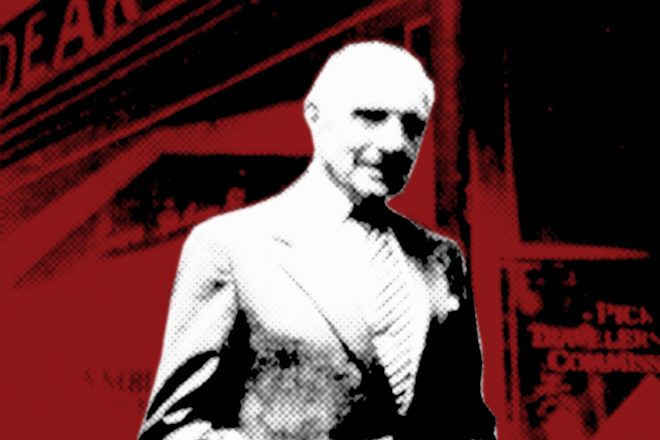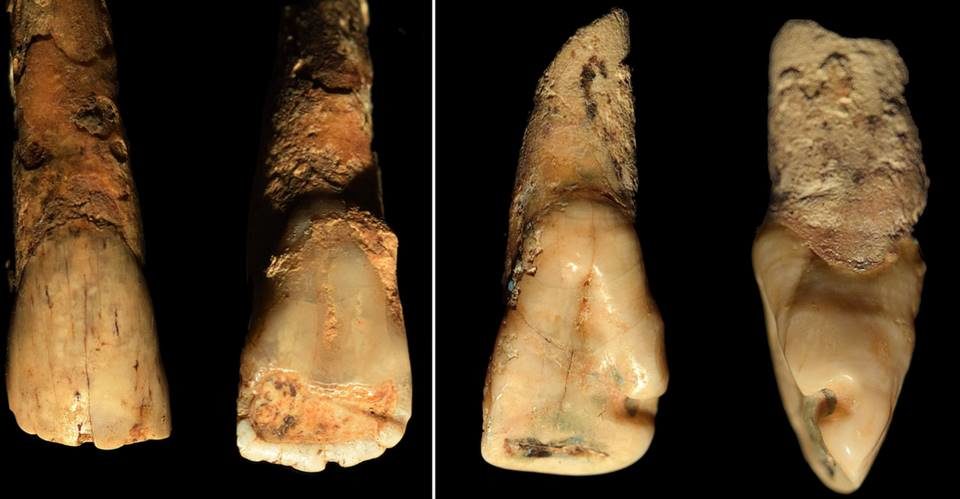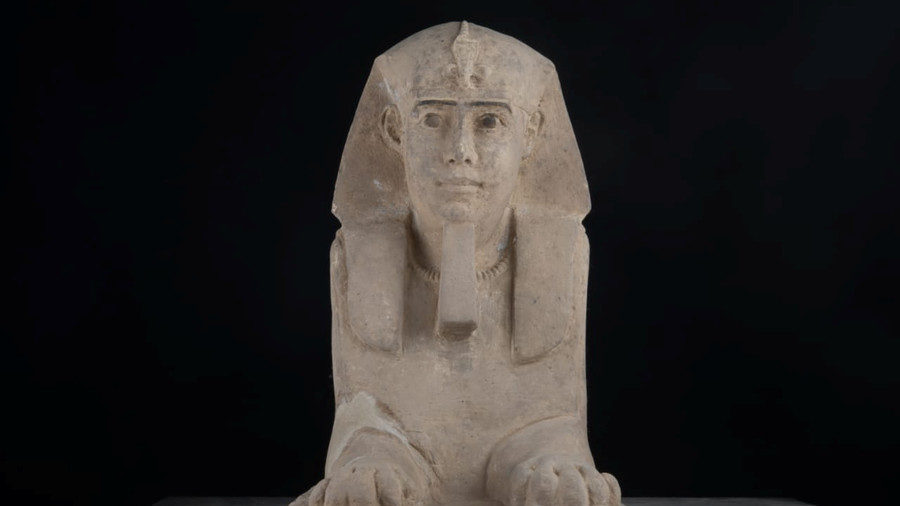
Lois Lang, the contract assassin who killed Nicholas Deak and his receptionist Frances Lauder in November 1985. Lang is serving out her sentence in Bedford Hills prison in upstate New York. This is the last known photograph of Lang, a onetime college homecoming queen and UC Santa Barbara women's tennis team coach.
With the release of the new Gary Webb film "
Kill The Messenger" and the sudden renewed interest in what goes on in that dark underbelly of the US Empire - drug running, money laundering, death squads, assassinations of lives and of reputations - I'm reminded of the
incredible life and death of Nicholas Deak, the CIA's Cold War banker hailed in
Time magazine as "the James Bond of the world of money" until the mid-1980s, when his global finance empire was destroyed by Reagan Administration accusations of large-scale Latin American drug money laundering.
The Reagan Commission on Organized Crime spent much of 1984 attacking Deak's global foreign exchange firm, Deak-Perera. By the end of the year, Deak was forced to appear before the commission in a testy public interrogation; his financial empire collapsed within days.
A year later, in 1985, Deak was assassinated in his Wall Street high-rise by a paranoid-schizophrenic bag lady from Seattle, who'd been hired for the job by Latin American mobsters, according to a private internal investigation led by former FBI detectives. The assassin, Lois Lang (pictured above), had previously spent several murky years in the underbelly of Silicon Valley, where she fell under the care of a famous Stanford Research Institute psychiatrist, Frederick Melges - an expert on
dosing his subjects with drugs and hypnosis to induce "artificial" dissociative states. Perhaps not surprisingly, Dr.
Melges was up to his eyeballs in secret CIA behavior modification programs that were going on at Stanford until they were exposed in
Congressional hearings in 1977. [For more on this stranger-than-fiction story, read
"James Bond and the Killer Bag Lady" co-authored with Alexander Zaitchik.]
Nicholas Deak's end came fast. Exactly thirty years ago, in 1984, his global financial empire, Deak-Perera, was accused by the Reagan Administration of laundering hundreds of millions of dollars of Colombian drug cartel cash.





Comment: See also: